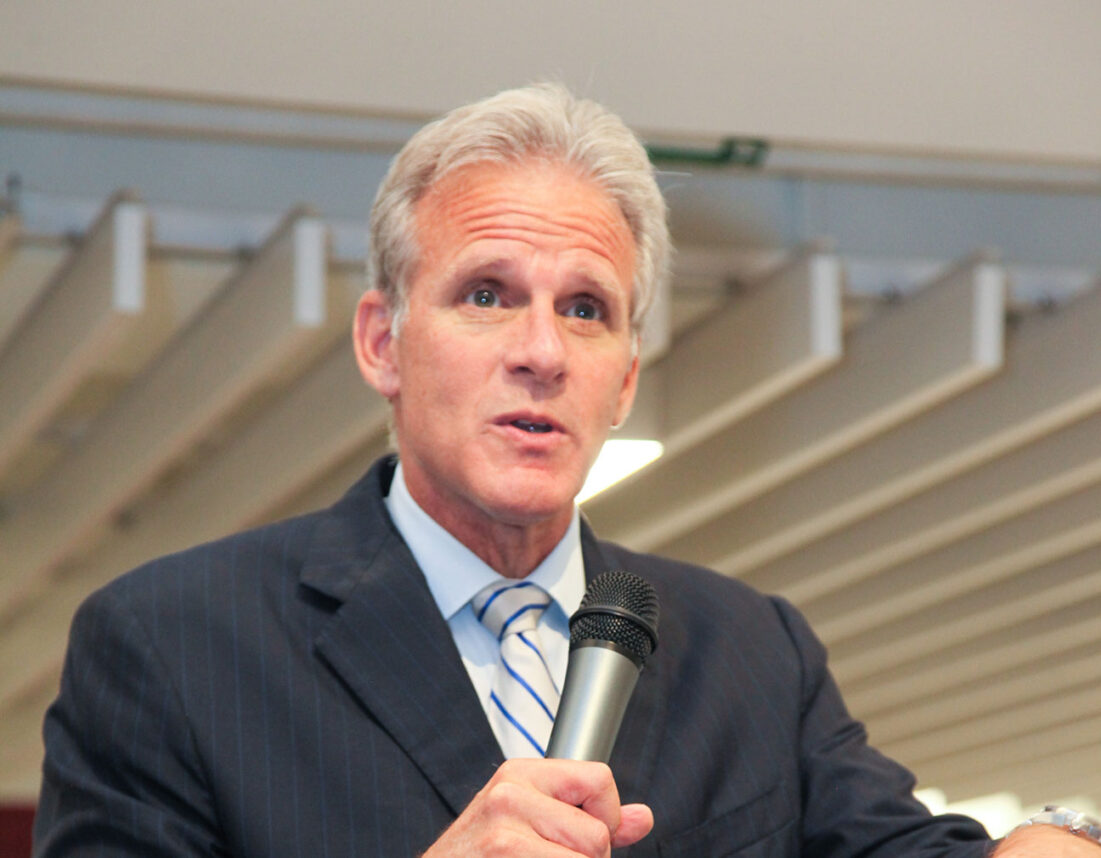Last weekend many Jews attended a Seder, but many others did not. I find it heartbreaking when I think about all the Jews who chose not to participate, and question the reasons for this. What are the implications of so many people not connecting to this paradigmatic story of the journey from enslavement to freedom? In the past decades, Passover has seen a tremendous infusion of creativity and Haggadot have been written for nearly every social or personal identity and political cause. The ancient rabbis who shaped the Haggadah were creative geniuses who captured the timeless story of the Israelite’s journey from slavery to freedom
Although I find the Haggadah one of the most imaginative, insightful and timeless dramas ever created, there is one modern-day phenomena that the rabbis did not anticipate. When they describe the four children–the wise one, the one who is angry, the innocent one, and the one who does not know how to ask–they are operating under the assumption that everyone will be together at the Seder table. These four personality traits cover most of the human behavior characteristics and qualities that we all possess. Thus, all who represent the four children sit at the Seder Table, regardless of whether or not they like participating in Jewish practice, feel alienated, are uncomfortable, are going through tough times, or do not understand the holiday or know how to participate. They are still there – they are at the table of Jewish life.
The ancient sages did not anticipate modernity and the fact that many Jews would no longer actually be at the Seder Table. They did not imagine the fifth child. I am hearing more and more about people who did not attend a Seder, that Passover observance is on the decline and that the Jewish community is not offering enough welcome and dynamic tables that are open and affordable to all.
This fifth child is a lens into the perhaps the greatest challenge of the contemporary Jewish life. For whatever reason, some people feel alienated, disconnected, or have made other activities a priority and don’t feel the need of being at the Seder Table. In many ways, the Jewish community has failed to convey that without the fifth child present, we are not the same – we are somewhat of an incomplete community; our tables have too many empty seats.
The greatest concern lies within the non-Orthodox community. The majority of American Jews have made a Seder an optional activity, no longer an expectation to gather for this family holiday where we explore the quintessential story of freedom that has shaped the Jewish people. A recent Pew Study showed that 70% of American Jews attended a Seder in 2015. Up through the late 90’s the percentage was around 90 percent. We need much more than programmatic solutions like “audacious hospitality” (a well-intended term developed by the Reform movement) in order to reach the fifth child. It is a good start but we need to explore solutions that resonate to the fifth child, we need ideas that take us out of our comfort zone and push us to find ways to welcome people back to the table. We need to thoughtfully listen to the reasons they are missing from our tables, in order to fully understand what’s going on.
The fifth child has become the third rail of Jewish life. We are scared to really examine the phenomena and we convince ourselves that things are great because we had a good Seder. Passover remains the Jewish holiday that has the highest participation, and it is on a decline. We will only really begin to stem the tide of assimilation and alienation when we start to listen with the fifth child, when we engage with creative, dynamic and open minds (who often are not part of the Jewish establishment) but who are finding solutions to some of the most vexing issues in the modern world and when we really do an honest self-examination of the state of Jewish life.
We can only really be free when more Jews are back at the Table. For the fifth child reading this – we need you. For those of us who are one of the four children – we need to dig deeper, look inward and listen better so that we can include the entire family, especially the growing number of fifth children.
On this holiday that is truly an anchor of Judaism, we are reminded of the power and responsibility of freedom. Let us take serious stock of this problem. The creativity and imagination that freedom allows can fuel us to take action and find better ways to include the fifth child at the Table. When more people sit at the Table of Jewish life on Pesach and throughout the year, when the Tent of Jewish life is more tolerant and respectful of divergent views, we will include many more who will nurture and sustain us. With more thoughtful and comprehensive community involvement, the possibility of the fifth child returning to the Seder Table becomes a reality, which fills me with hope about our Jewish future.
Rabbi Lee Bycel is rabbi of Congregation Beth Shalom in Napa and an adjunct professor in the Swig program in Jewish Studies and Social Justice at the University of San Francisco.





















 More news and opinions than at a Shabbat dinner, right in your inbox.
More news and opinions than at a Shabbat dinner, right in your inbox.